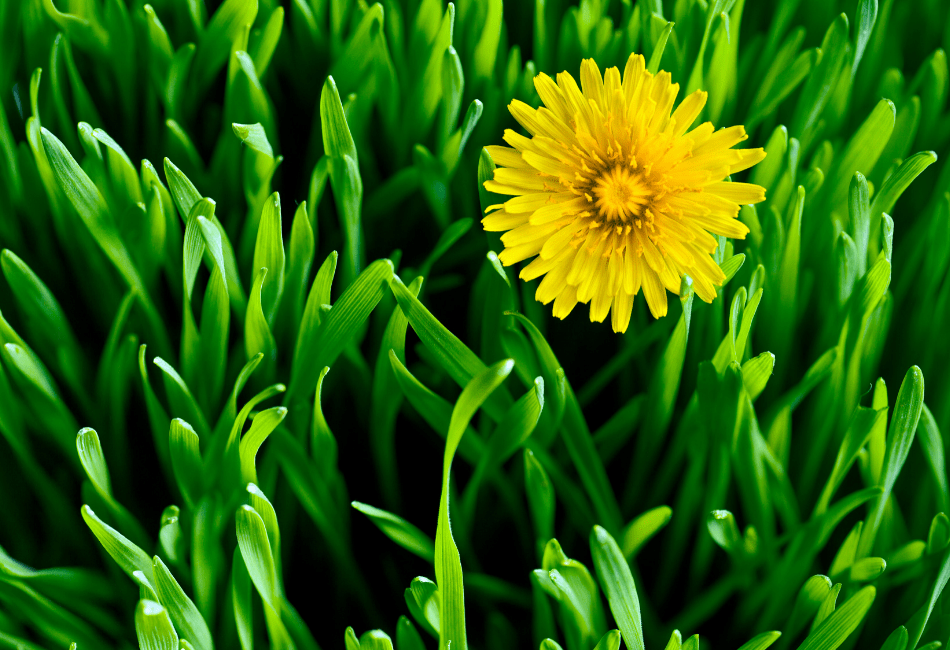Come spring when plant growth is abundant, the battle is fierce in yards everywhere to eliminate each and every dandelion from lawns. While there certainly are many people who despise dandelions in modern times, they were actually brought to America from Europe on purpose.
As Columbia University explains, early American settlers of the 1600s used dandelions (Taraxacum officinale) for medicinal purposes to help pacify mild illnesses. It was a plant that they could trust in a new world with plenty of unfamiliarities.
You can only image how quickly dandelions spread after being first introduced to America from Europe. Toward the late 17th century, dandelions were a noticeable part of the New England landscape when actively growing. While numerous, dandelions were not viewed as a “weed” because of their perceived benefits.
At a certain point in American history, there was a shift to where dandelions were widely viewed as being undesirable. This point in time was somewhere in the 20th century as lawns became popular in suburbia. The ideal lawn had no room for dandelions or other weeds.
As PennState Extension states, “weeds are plants whose undesirable qualities outweigh their good points, according to man.” They go on to state, “Our human activities create weed problems since no plant is a “weed” in nature.” (Ligenfelter, 2009).
In other words, the interpretation of a weed by man can change as its positives and negatives are weighed. This is certainly what happened with the dandelion. While many people recognized its benefits, society had largely labeled it a weed.
We have to image that the companies selling weed/dandelion control products have played a huge role in influencing society that dandelions destroy the appeal of the lawn. After all,there is big money to be made providing dandelion control products to homeowners after they have routinely been reminder that dandelions are no good.
But, how bad are dandelions for the lawn, other than being visually unappealing to many? They are not considered to be a noxious weed by the USDA. This means they are not harmful to the public, crops, animals, the environment, irrigation, navigation, or natural resources. While they can spread like mad and develop long taproots, they really aren’t that bad for the lawn. They actually help aerate the lawn soil and are beneficial to bees as an early source for pollen.
If you are a DIYer, there are actually many things that can be done with dandelions if they haven’t been tainted by weed killer. This includes making soap, tea, lotion, jelly, oils, and much more.
In conclusion, the dandelion is a weed by today’s standards since society largely has deemed it undesirable. However, does its label really matter? Harvest them, enjoy their beauty, kill them off, or do whatever you wish with the dandelions in your yard. Of course, we should not let society or marketing define what or what not we love or hate.
References:
Hourdajian, Dara. (2006, November 13). Introduced Species Summary Project Dandelion (Taraxacum officinale). Retrieved from: http://www.columbia.edu/itc/cerc/danoff-burg/invasion_bio/inv_spp_summ/Taraxum_officinale.htm
Ligenfelter, Dwight D. (2009, December 9). Introduction to Weeds: What are Weeds and Why do we Care? Retrieved from: https://extension.psu.edu/introduction-to-weeds-what-are-weeds-and-why-do-we-care
Sanchez, Anita. (2007). Dandelions. Retrieved from: https://www.mofga.org/Publications/The-Maine-Organic-Farmer-Gardener/Summer-2007/Dandelions
Federal Noxious Weed List. Retrieved from: https://plants.usda.gov/java/noxiousDriver

